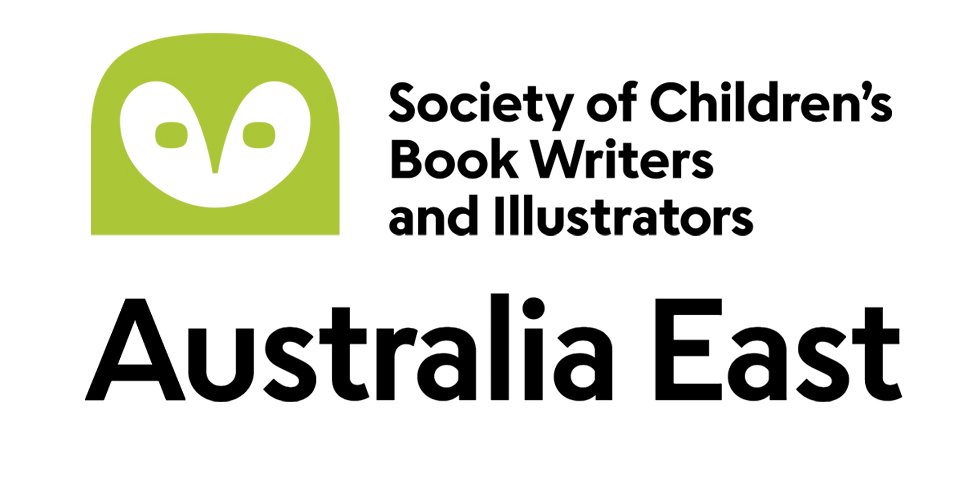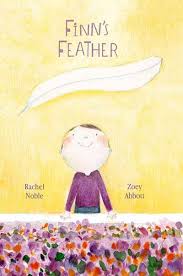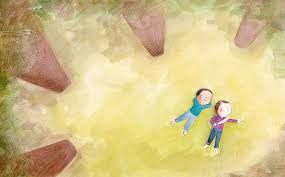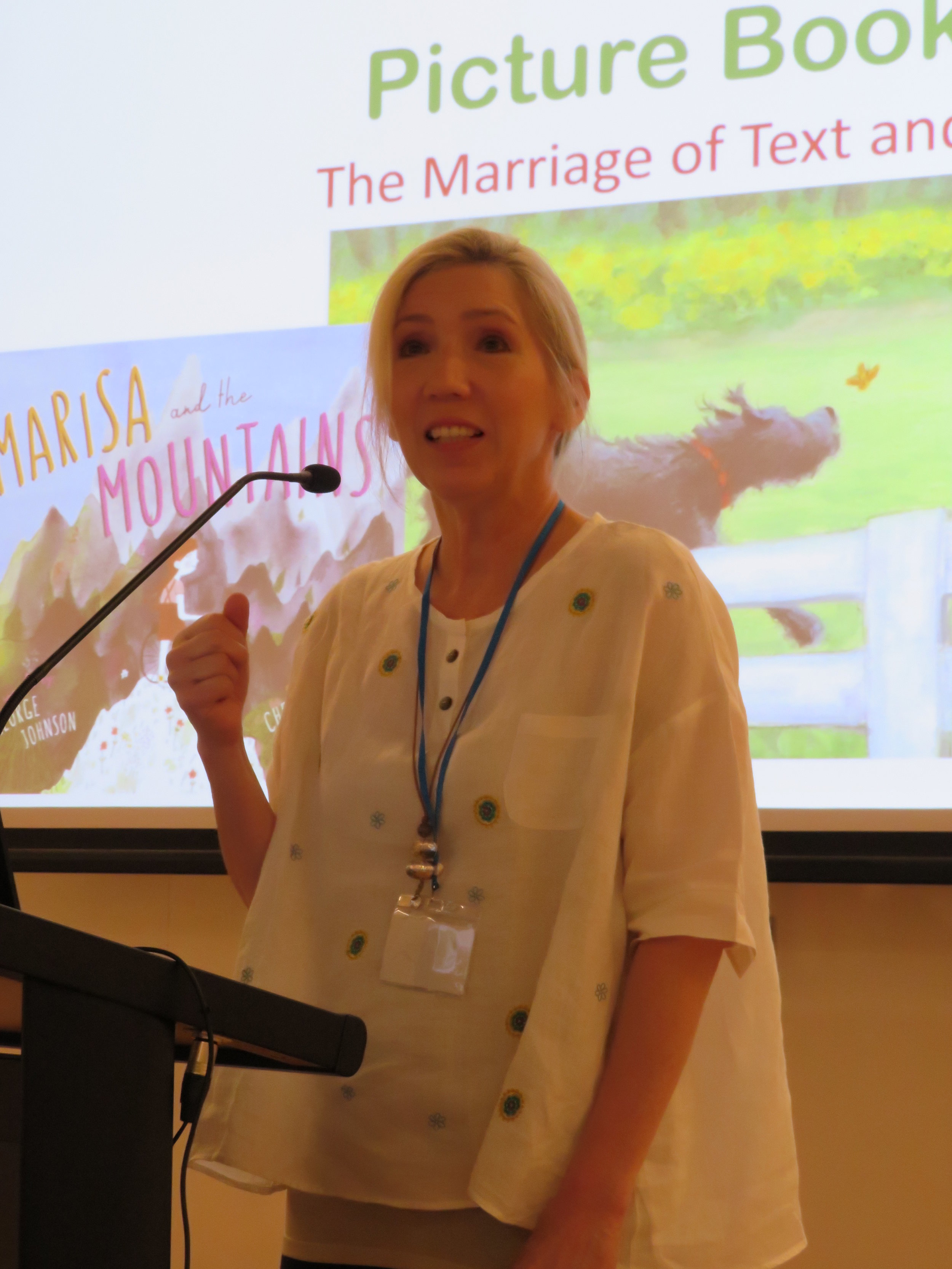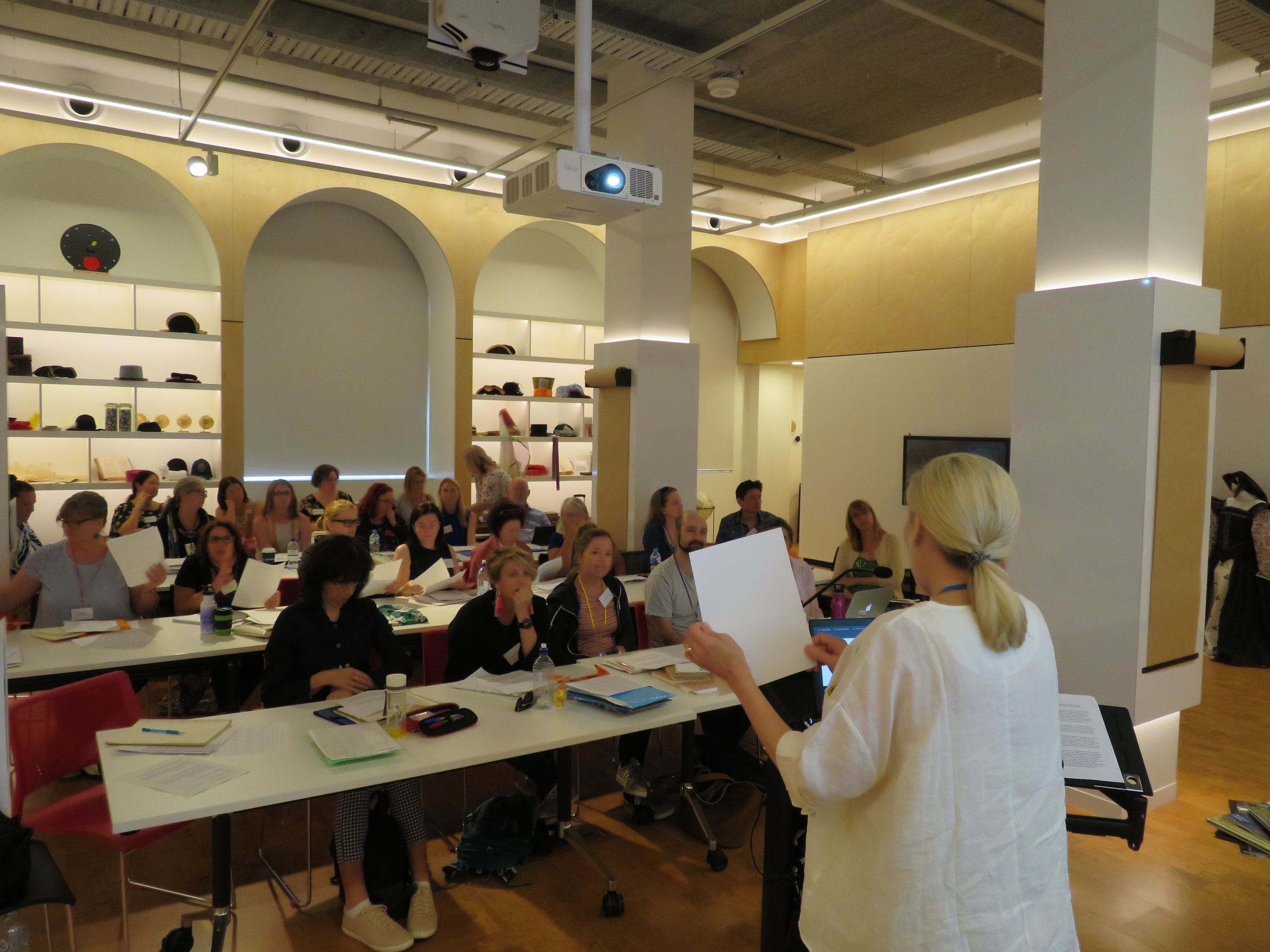A touching observation from Roving Reporter, Shaye Wardrop during the SCBWI 2019 Conference Dinner Dance on the special relationship with US agent Essie White and Australian author Rachel Noble.
Rachel Noble
‘Never ignore the stories that come from your heart,’ says author Rachel Noble as she tells us the story behind the publication of her debut picture book Finn’s Feather.
I don’t think there’s a dry eye in the room as Rachel talks about the heartbreak of losing her darling boy, Hamish, and her passion and determination to honour him through her words.
After exploring different genres and using writing as therapy, the idea for Finn’s Feather came in a perfect moment. After rushing home to write it down, Rachel tells us she found a feather waiting for her on the front step and she knew she had found the story she was searching for.
My throat is full of rocks and tears well in my eyes as I listen to Rachel speak. She is passionate and strong and brave and amazing, and Finn’s Feather is a powerful and special picture book that helps kids understand death and loss in the most gentle and heart-warming way.
“STORIES HELP KIDS NAVIGATE EMOTIONS - AN AUTHENTIC STORY WILL HELP YOU HEAL”
It is a book for every home, every school, every library, and I urge you to find a copy and experience the powerful and magical story for yourself.
Rachel introduces the crowd to her literary agent, Essie White, of Storm Literary Agency, and Essie tells us how she met Rachel and her work.
Essie says, ‘stories can heal’ and ‘the importance of good literature cannot be understated’, and the crowd nods in understanding, knowing exactly what she means.
Essie tells us she ‘believes so much in the transformative power of literature’, that ‘an authentic story will help you heal’, that ‘stories help kids navigate emotions’.
She is so right, and we all sit quietly and ponder on these insightful words as she talks about her experience and extensive involvement in children’s literature over her career, about her love of books and her belief in the power of books to teach and guide children through their lives.
Essie leaves us with one more thought — one more piece of advice I will never forget.
Essie says,
‘this isn’t a profession; it’s a vocation. Do your best work because the best people in the world are waiting.’
Thank you Rachel for sharing your journey with us all, and thank you Essie for your amazing insights and powerful advice.
#SCBWIsyd
